June 23 is Pink Flamingo Day

Today is Pink Flamingo Day, founded on June 23, 2007, by Mayor Dean Mazzarella of Leominster, MA, to honor the 50th birthday of the iconic lawn ornament.
In 1957, art school grad Don Featherstone was tasked with creating a pink flamingo for his employer, Union Products, located in Leominster, often called the Plastics Capital of the World. Using National Geographic photographs as reference material, Featherstone sculpted two pink flamingos. They were meant to be a festive way for homeowners to personalize the identical yards of postwar suburban subdivisions.
Featherstone would go on to create 750 items for Union Products and become the company’s president in 1996. His flamingos were popular but eventually became a target of derision, a symbol of tackiness. Many fans remained defiantly loyal, while neighborhood associations plotted their extinction.
No history would be complete without the mention of John Waters and his 1972 movie, Pink Flamingos. An enthusiastic proponent of all things kitsch, camp and lowbrow, Waters helped bring the decoration to a new audience, one that reveled in irony. It’s clear that pink flamingos continued to sell. So many knockoffs were produced that in the late 1980s, Featherstone added his signature to the molds to identify the real thing.
Featherstone retired in 2000. Union Products closed its doors in 2006, after producing more than 20 million flamingos. Cado Company in Fitchburg, MA, bought the rights a few years later and now manufactures birds with the inventor’s signature on the bottom.
Featherstone passed away on June 22, 2015, at the age of 79, one day shy of the 28th annual Pink Flamingo Day. Claude Chapdelaine, VP at Cado, told Boston Magazine,: “He was just a really nice guy, never took himself seriously. Throughout his career, he made all kinds of lawn and garden ornaments. A lot of people referred to them as being kind of kitsch. He said ‘You know what? It makes people laugh and brings a smile to everybody’s face’ and that’s what he liked.”
Bring a smile to everybody’s face today by planting some pink flamingos of your own. If you have some already, display them prominently—no hiding them behind shrubbery allowed. Even if the closest thing you have to a yard is a plant on your windowsill, there’s always room for these Lilliputian versions.

Happy Pink Flamingo Day!
![]()

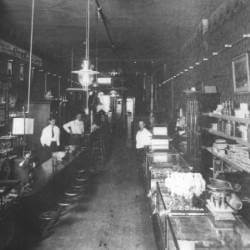
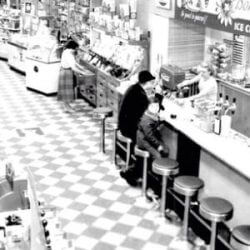
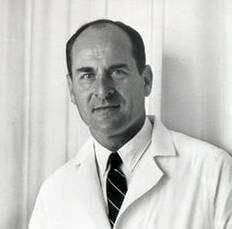
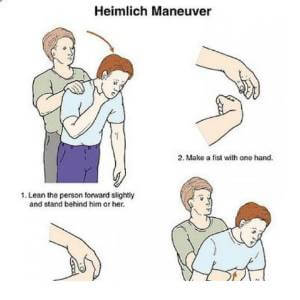
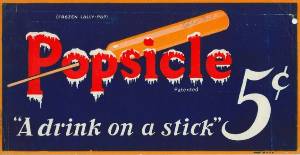 Today is National Grape Popsicle Day. In 1905, 11-year-old Frank Epperson was sitting on his porch, stirring powdered drink mix into water, when he was called inside and forgot to bring the cup with him.
Today is National Grape Popsicle Day. In 1905, 11-year-old Frank Epperson was sitting on his porch, stirring powdered drink mix into water, when he was called inside and forgot to bring the cup with him.